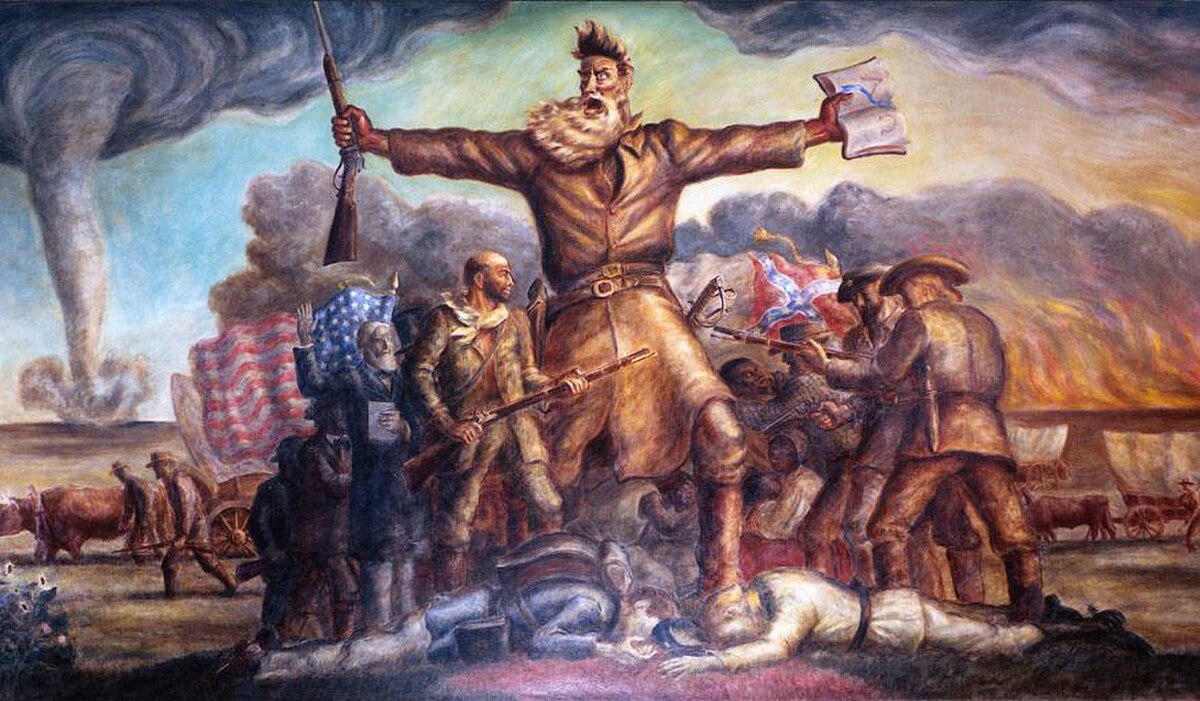
Slave or Free States
AmericaThe concept of manifest destiny intensified the divisive issue of slavery in newly acquired American territories. Between 1803 and 1854, as the U.S. expanded its territories through various means, each new region faced the contentious decision of whether to permit slavery. For a time, territories were balanced equally between slave and free states, but tensions heightened over the territories west of the Mississippi. The aftermath of the Mexican–American War, particularly the Treaty of Guadalupe Hidalgo in 1848, further inflamed these debates. While some hoped to extend slavery into the new territories, others, like Ralph Waldo Emerson, foresaw that these lands would intensify the conflict over the slavery issue.
By 1860, four dominant doctrines had emerged regarding federal control over territories and the issue of slavery. The first, tied to the Constitutional Union Party, sought to make the division established by the Missouri Compromise a constitutional directive. The second, endorsed by Abraham Lincoln and the Republicans, argued that Congress had the discretion to restrict, but not establish, slavery in territories. The third doctrine, territorial or "popular" sovereignty, championed by Senator Stephen A. Douglas, posited that settlers in a territory had the right to decide on slavery. This belief led to the Kansas–Nebraska Act of 1854 and subsequent violent conflicts in "Bleeding Kansas". The final doctrine, propagated by Mississippi Senator Jefferson Davis, revolved around state sovereignty or "states' rights", suggesting that states had the right to promote slavery's expansion within the federal union.
The conflict over these doctrines and the expansion of slavery underscored the political rifts leading up to the Civil War. The doctrines each represented different visions for the future of the U.S. and its stance on slavery, highlighting the deep-seated divisions on the issue. As the 1860 presidential election approached, these ideologies represented the core debates surrounding slavery, territories, and the interpretation of the U.S. Constitution.
